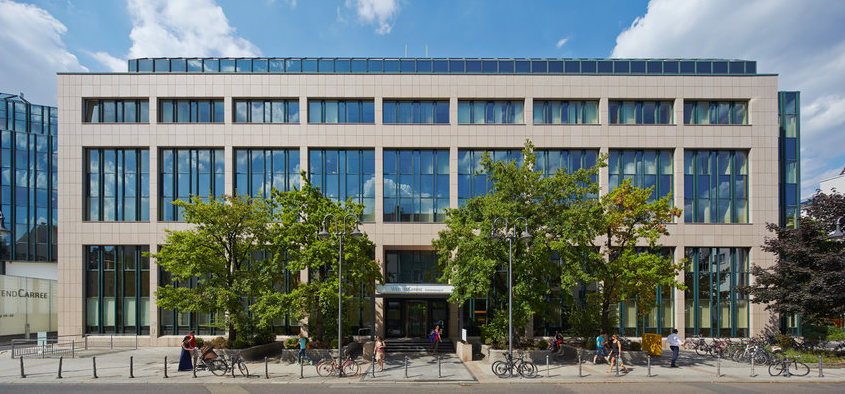Foundation of the Max Planck Institute for Empirical Aesthetics
In 2013 a major institutional step was accomplished with the establishment of a Max Planck Institute for Empirical Aesthetics in Frankfurt. While this institute does not identify itself with “neuroaesthetics,” it includes a neuroscience department, and its self-presentation as an interdisciplinary enterprise that “focuses primarily on the foundations of aesthetic evaluation, perception and experience” largely matches the discipline’s profile.

About the Max Planck Institute for Empirical Aesthetics
Why do people perceive music and literature as varying in their beauty based on factors such as culture, society, historical period and individual taste? The Max Planck Institute for Empirical Aesthetics, founded in 2012, aims to use scientific methods to explain the psychological, neuronal and socio-cultural basis of aesthetic perceptions and judgements. The institute, which is currently in the process of being established, will be managed by a Board of Directors consisting of four scientists whose expertise covers the areas of literature, music, and the empirical cognitive and social sciences. The research programme will focus on music and literature, and, in cooperation with the Max Planck institutes for art history in Florence and Rome, the visual arts. Other fields, such as architecture and fashion will be incorporated by way of Max Planck research groups and Max Planck fellows from universities. In addition, the scientists will regularly invite “artists in residence”, in particular composers and writers, to the Institute to participate in research projects.
Learn more at their official website:
Also, here's a talk by the Director of the Language and Literature Department at the MPI for Empirical Aesthetics:

















0 comments
Sign in or create a free account